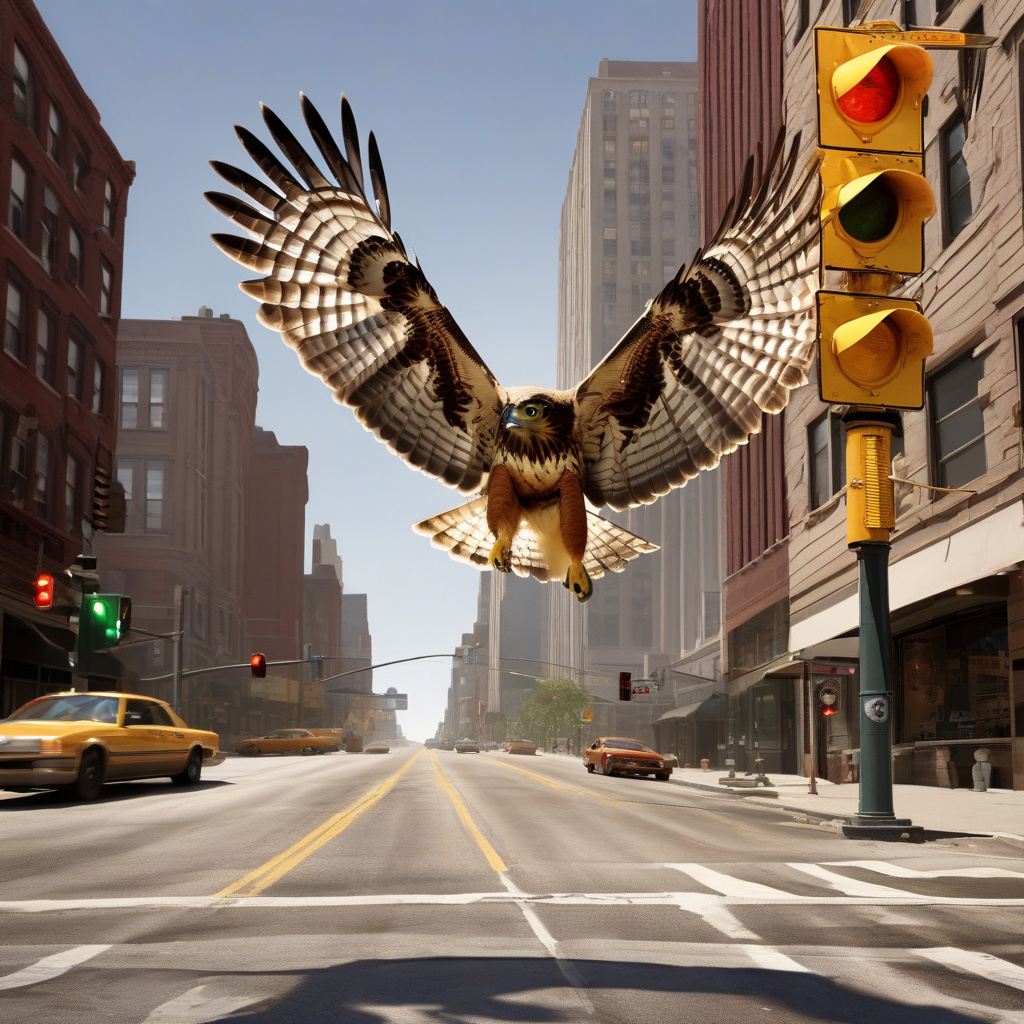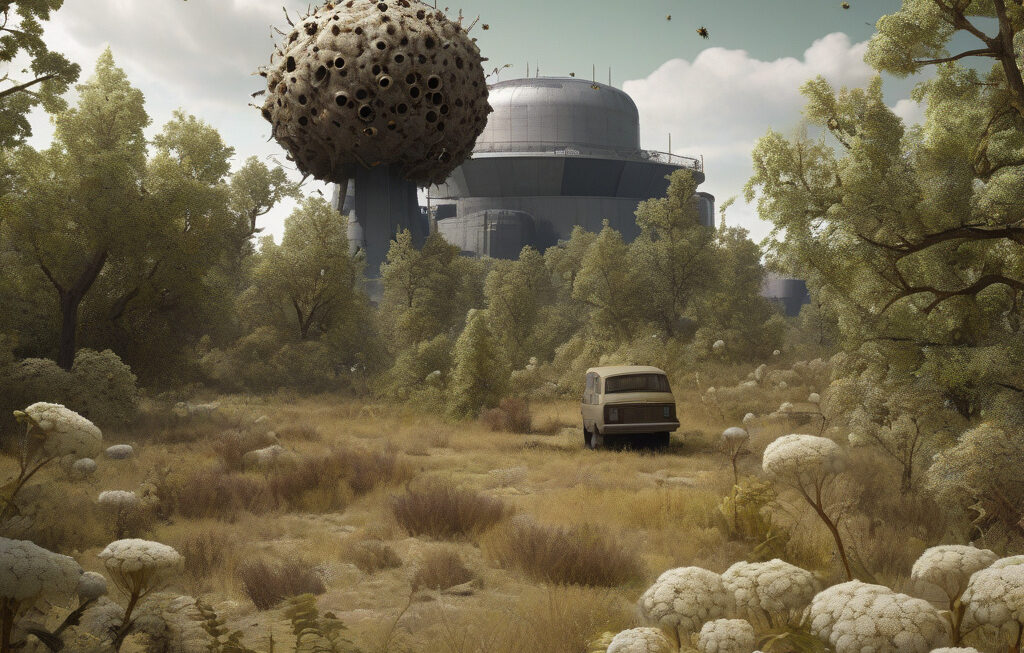Red light, green light, strike: City hawk times its kill with traffic signal beeps
Many of us have seen animals frozen in the headlights, but what about birds using the city’s traffic signals to their advantage? In a fascinating display of urban adaptation, a hawk in a bustling metropolis has been observed timing its strikes on unsuspecting prey with the changing of traffic signals. This innovative behavior showcases the incredible ways in which wildlife can adapt to and even thrive in human-dominated environments.
The city hawk, identified as a red-tailed hawk due to its distinctive plumage, has been captivating onlookers with its strategic hunting techniques. Positioned atop a traffic light pole overlooking a busy intersection, the hawk patiently waits for the pedestrian signal to turn red. As soon as the signal changes, indicating to pedestrians to stop, the hawk swoops down with lightning speed to catch its prey, typically small rodents or birds scurrying across the street.
This behavior not only highlights the adaptability of wildlife in urban settings but also sheds light on the complex relationship between humans and nature. While some may view urbanization as harmful to wildlife, the city hawk’s ability to coexist and even capitalize on human infrastructure challenges this narrative. Instead of being hindered by the presence of traffic and noise, the hawk has found a way to turn these elements to its advantage, using them as cues for its next meal.
Researchers and wildlife enthusiasts alike are intrigued by this phenomenon, as it showcases the remarkable intelligence and adaptability of urban wildlife. By aligning its hunting strategy with the rhythm of the city, the hawk has demonstrated a level of sophistication that defies traditional notions of wildlife behavior.
Moreover, the city hawk serves as a powerful reminder of the importance of preserving green spaces within urban environments. While some wildlife species may struggle to adapt to concrete jungles, others, like the red-tailed hawk, find innovative ways to thrive amidst the hustle and bustle of city life. By creating pockets of greenery and natural habitats within urban landscapes, we can provide valuable resources for wildlife and support biodiversity in unexpected ways.
As we marvel at the city hawk’s ability to navigate the urban landscape with finesse, it prompts us to reevaluate our relationship with the natural world. By recognizing and celebrating the resilience of creatures like the city hawk, we can gain a deeper appreciation for the interconnectedness of all living beings, whether they soar high above the skyscrapers or scurry beneath our feet.
In conclusion, the city hawk’s unique hunting behavior, synchronized with the city’s traffic signals, serves as a compelling example of nature’s adaptability in the face of urbanization. By leveraging human-made structures and signals to its advantage, the hawk has carved out a niche for itself in the bustling cityscape, challenging our perceptions of wildlife in urban environments.
city hawk, urban wildlife, traffic signals, hunting behavior, adaptability












